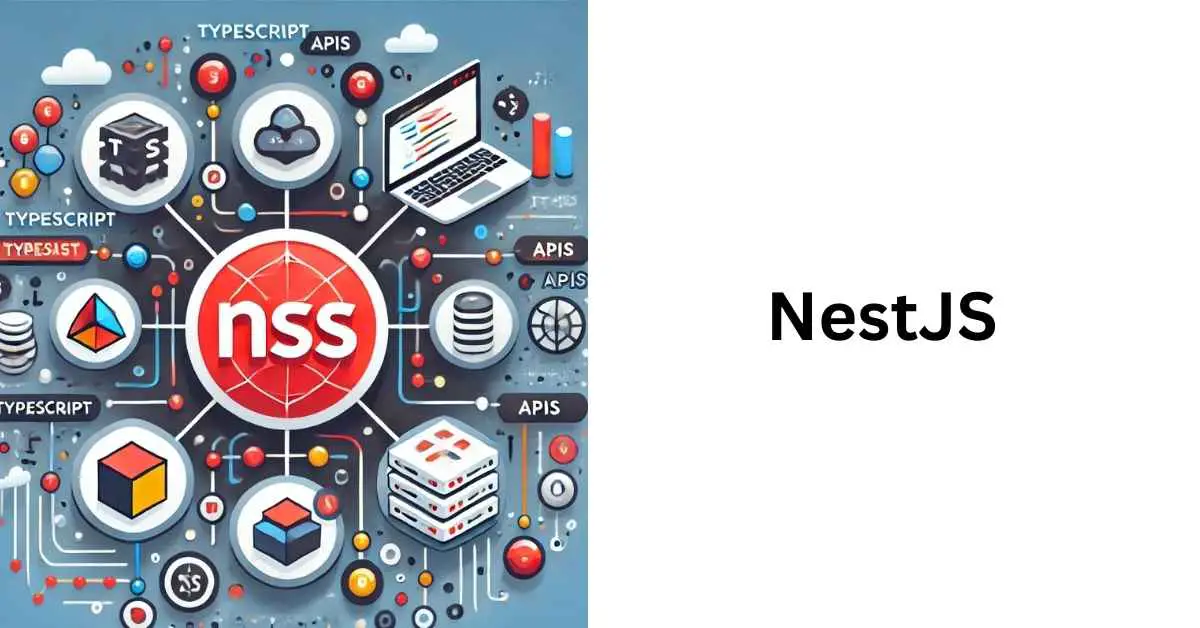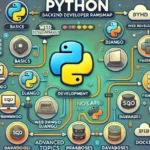NestJS is a progressive Node.js framework designed to build scalable and efficient server-side applications. Its modular architecture, coupled with TypeScript, makes it a favorite for developers looking to streamline backend development.
1. What is NestJS? A Quick Introduction
NestJS is built on top of Express.js and leverages TypeScript for type-safety and advanced features. It combines the best concepts of object-oriented programming, functional programming, and reactive programming. This makes it ideal for creating enterprise-grade applications.
Some standout features of NestJS include:
- Modular structure: Allows for clear separation of concerns.
- Built-in Dependency Injection: Simplifies complex app configurations.
- Extensibility: Easily integrates with tools like GraphQL, WebSockets, and more.
2. Setting Up a NestJS Project
Before jumping into development, you’ll need Node.js installed on your system. Here’s how to set up a basic NestJS application.
# Step 1: Install the Nest CLI
npm install -g @nestjs/cli
# Step 2: Create a new project
nest new my-nestjs-app
# Step 3: Navigate to your project directory
cd my-nestjs-app
# Step 4: Start the application
npm run start
After running these commands, your NestJS application will be live on http://localhost:3000.
3. Understanding the Core Concepts
NestJS revolves around three core concepts: Modules, Controllers, and Services.
Example of a Module
A module in NestJS organizes your application into cohesive blocks.
import { Module } from '@nestjs/common';
import { AppController } from './app.controller';
import { AppService } from './app.service';
@Module({
imports: [],
controllers: [AppController],
providers: [AppService],
})
export class AppModule {}
Example of a Controller
Controllers handle incoming requests and responses.
import { Controller, Get } from '@nestjs/common';
@Controller('users')
export class UsersController {
@Get()
findAll(): string {
return 'This action returns all users';
}
}
Example of a Service
Services encapsulate business logic and can be injected into controllers.
import { Injectable } from '@nestjs/common';
@Injectable()
export class UsersService {
getUsers(): string[] {
return ['Alice', 'Bob', 'Charlie'];
}
}
4. Building Your First API
Now, let’s create a simple REST API for managing users.
- Generate a Controller and Service:
nest generate controller users
nest generate service users
- Implement the Service:
import { Injectable } from '@nestjs/common';
@Injectable()
export class UsersService {
private users = ['Alice', 'Bob', 'Charlie'];
getAllUsers(): string[] {
return this.users;
}
addUser(user: string): void {
this.users.push(user);
}
}
- Connect the Controller:
import { Controller, Get, Post, Body } from '@nestjs/common';
import { UsersService } from './users.service';
@Controller('users')
export class UsersController {
constructor(private readonly usersService: UsersService) {}
@Get()
getUsers(): string[] {
return this.usersService.getAllUsers();
}
@Post()
addUser(@Body('name') name: string): string {
this.usersService.addUser(name);
return `User ${name} added successfully!`;
}
}
5. Conclusion and Next Steps
NestJS is a robust framework that simplifies backend development with its modular design and out-of-the-box features. Whether you’re building a small app or an enterprise-level project, NestJS is worth exploring.
Next Steps:
- Explore advanced topics like middleware and guards.
- Integrate with databases using TypeORM or Prisma.
- Build real-time applications with WebSockets.
With NestJS, you’re equipped to create scalable and maintainable backend applications. Happy coding! 🚀
Creating a RESTful API with Node.js and Express
Understanding the Event Loop and Async Programming in Node.js
Arsalan Malik is a passionate Software Engineer and the Founder of Makemychance.com. A proud CDAC-qualified developer, Arsalan specializes in full-stack web development, with expertise in technologies like Node.js, PHP, WordPress, React, and modern CSS frameworks.
He actively shares his knowledge and insights with the developer community on platforms like Dev.to and engages with professionals worldwide through LinkedIn.
Arsalan believes in building real-world projects that not only solve problems but also educate and empower users. His mission is to make technology simple, accessible, and impactful for everyone.



